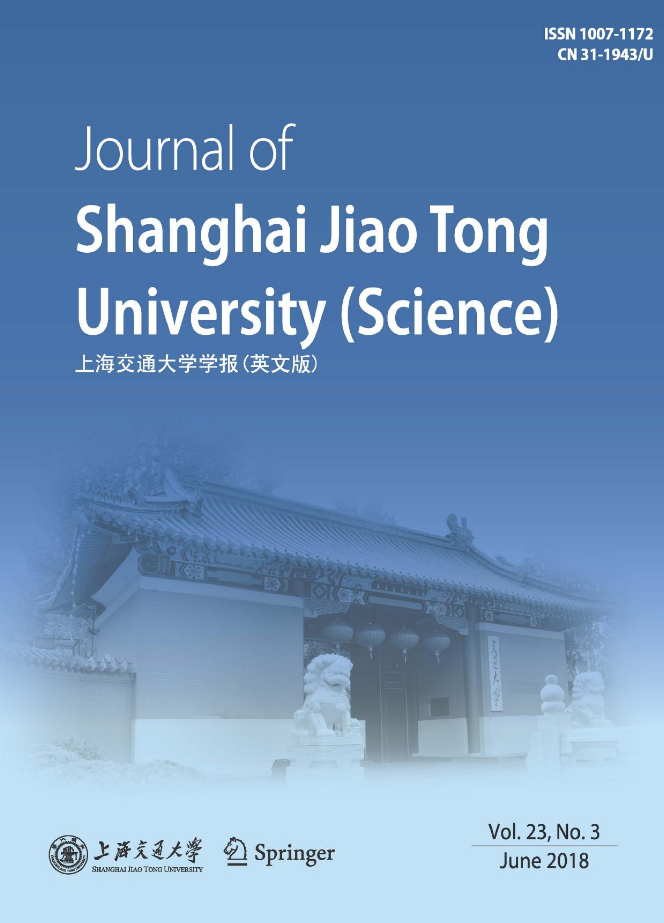|
|
Design and Parametric Investigation of Horizontal Axis Wind Turbine
ABBAS Zulkarnain, ABBAS Saqlain, BUTT Zubair, PASHA Riffat Asim
2018, 23 (3):
345.
doi: 10.1007/s12204-018-1949-2
This research focuses on design and calculations for the horizontal axis wind turbine to fulˉll energy demands at small scales in Pakistan. This is the design to produce about 5 kilowatts of electricity to share the load of average home appliances. Area chosen for this research is Pasni, Balochistan in Pakistan to build the wind turbine for electricity. Design values are approximated by appropriate formulas of wind energy design. In current research, turbine blade proˉle is designed by blade element momentum (BEM) theory. Warlock wind turbine calculator is used to verify the design parameters like wind speed, tip speed ratio (TSR) and e±ciency factor. E?ects of wind speed, wind power, TSR, pitch angle, blade tip angle, number of blades, blade design and tower height on power coe±cient are analyzed in this research. Maximum power coe±cient is achieved at a designed velocity of 6 m/s. Design analysis is also performed on simulation software ANSYS Fluent. It is observed that designed velocity parameter of this research is very suitable for the turbine blade, so blade designing is perfect according to wind speed range.
References |
Related Articles |
Metrics
|

